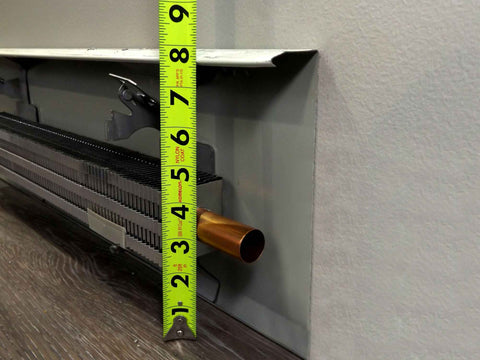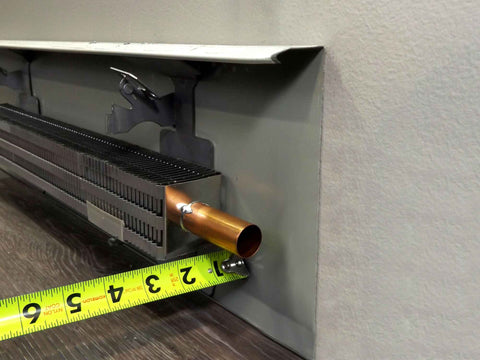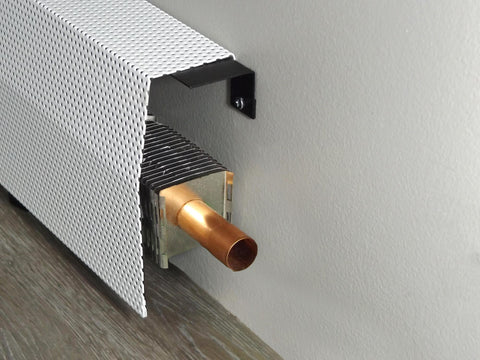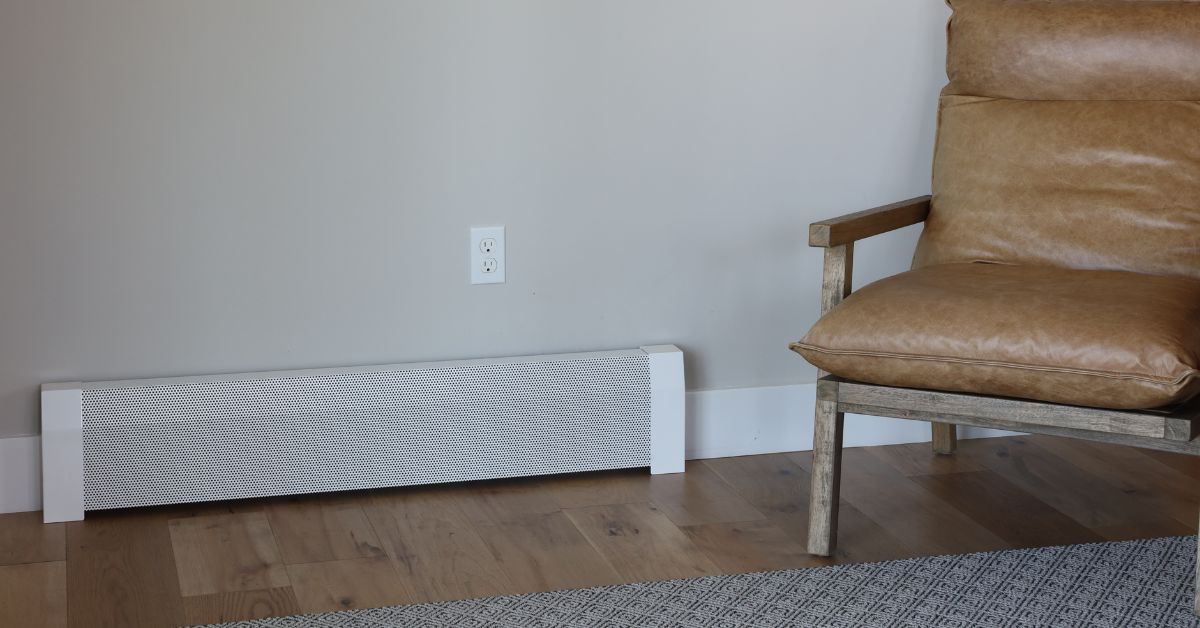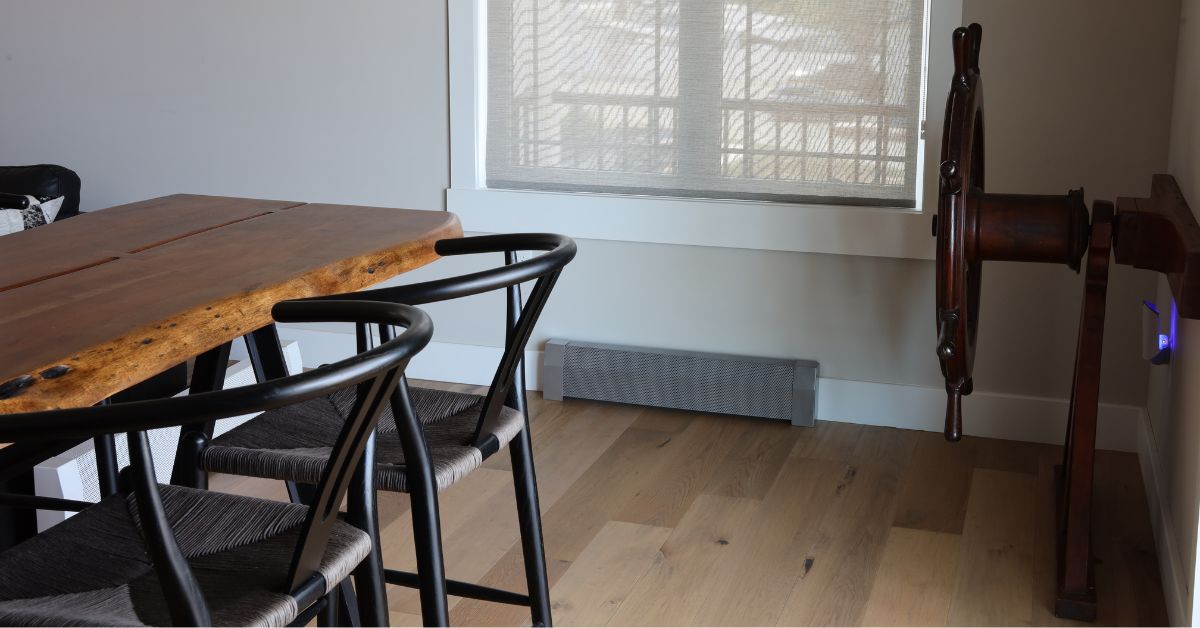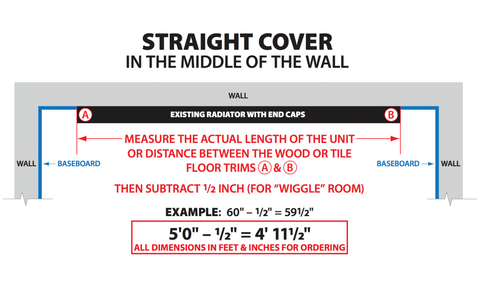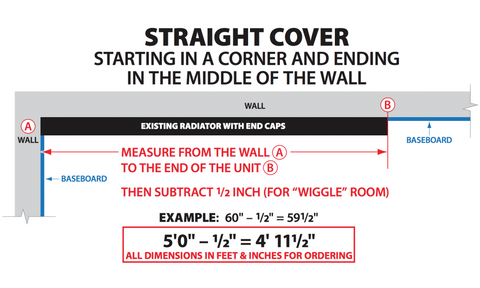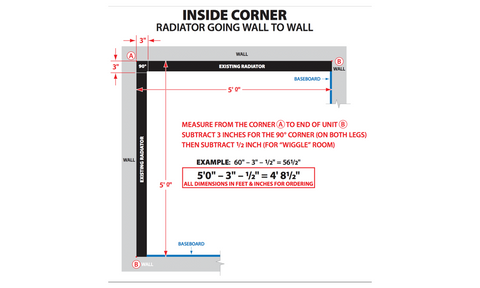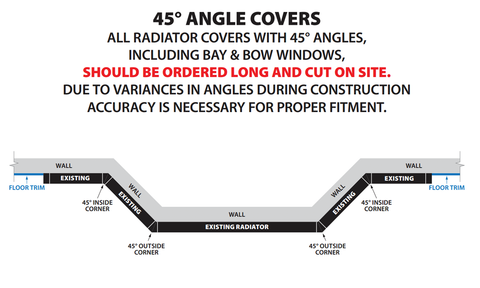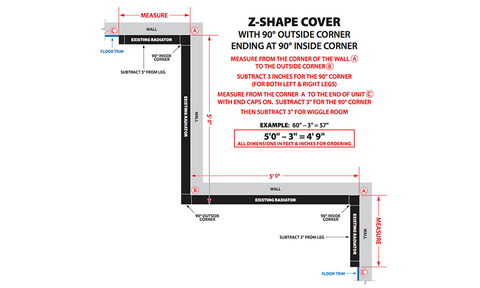When the cold months arrive, hydronic baseboard heaters are a dependable solution to keep your space warm and cozy. These heaters are popular in many homes thanks to their efficient and quiet operation. However, like any heating appliance, they come with their own set of safety precautions.
Whether you're a homeowner warming your living space, a property manager ensuring tenant safety, or you’ve just installed baseboard heaters for the first time, understanding how to use them safely is crucial. We’ll discuss how these heaters work, their benefits and risks, and, most importantly, six hydronic baseboard heater safety tips to know.
Understanding Hydronic Baseboard Heaters
Hydronic baseboard heaters are heaters that use hot water or oil to generate heat. These heaters are installed along the baseboards of a room, and as the heated liquid flows through the unit, it radiates warmth into the space. Unlike conventional heaters with fans, hydronic baseboard heaters operate silently and distribute heat evenly, making them a popular choice for bedrooms, living areas, and offices.
One key advantage of hydronic baseboard heaters is their steady and long-lasting heat. Once the liquid inside is heated, the warmth continues even after the heater is turned off, helping to maintain a cozy environment.
Benefits and Risks of Hydronic Baseboard Heaters
Hydronic heaters offer several benefits that make them a popular choice for heating. One advantage is their quiet operation. Unlike forced-air systems that can be noisy, hydronic heaters work silently, making them ideal for bedrooms or other quiet spaces. They are also energy efficient, as they take longer to cool down, which can help reduce energy bills over time. These heaters provide even heat distribution through radiant heat, offering consistent warmth.
Another benefit of hydronic baseboard heaters is their low maintenance requirements. Since they do not rely on complex mechanical components like fans or compressors, the risk of breakdowns is greatly reduced. They are known for improving indoor air quality, as they do not circulate dust, allergens, or other particles, like forced-air systems often do. Their slim design allows them to fit seamlessly along walls, saving space and blending into various room layouts. These heaters are also compatible with programmable thermostats, allowing users to customize heating schedules for added convenience and energy savings, making them a versatile and practical heating solution.
However, there are also risks associated with hydronic heaters that should be considered. The surface of the heater can become hot, posing a burn risk to children and pets if touched. Regular maintenance is also essential, as dust and debris can accumulate over time, potentially reducing efficiency.
The Importance of Taking Safety Precautions
Using hydronic baseboard heaters safely protects your home from potential hazards and ensures they operate at peak efficiency, keeping your space warm and comfortable. By taking the time to follow basic safety practices, you can prevent accidents and help extend the lifespan of your boiler. It’s not just about safety—it’s about maximizing performance and getting the most out of your investment.
Whether you’re new to using baseboard heaters or simply looking for ways to improve their safety and functionality, it’s important to approach their use carefully. Small actions, like ensuring proper clearance around the heater or performing regular maintenance, can make a big difference in performance and peace of mind.
You can further enhance safety and efficiency by checking for leaks, monitoring for unusual noises, or inspecting temperature controls regularly. This process ensures your heating system continues to deliver reliable warmth throughout the colder months.
Essential Hydronic Baseboard Heater Safety Tips
Now that we’ve established why safety matters, here are some practical tips to help you use your baseboard heater safely, efficiently, and with confidence.
Use Baseboard Heater Covers
Installing baseboard heater covers is a smart and practical way to enhance safety in your home. These covers protect children and pets from accidental burns, providing peace of mind for families. Additionally, they prevent items like toys, papers, or small debris from being stuffed inside the heater, which could disrupt its performance or cause potential hazards.
Regularly Clean the Covers
Dust and debris can build up, lowering your heater's efficiency. To keep your heater running smoothly and safely, it’s essential to clean it regularly. Simply giving it a quick wipe-down with a damp cloth every few weeks can make a big difference in maintaining its performance. For deeper cleaning, just use a mild detergent sprayed on a cloth to wipe down the cover.
Avoid Blocking Airflow
Never place items like clothing, towels, or storage boxes on or near your heater. These items can block airflow, which is essential for the heater to function safely and efficiently. When airflow is obstructed, the boiler will run longer than necessary and cause undue wear.
Monitor Children and Pets
Teach children not to touch the heater, as even a brief touch can cause accidental burns. Similarly, make sure pets don’t snuggle up too close, as they might not realize the risk of getting hurt. Keeping curious hands and paws away prevents injuries and helps avoid potential damage to the heater itself.
Schedule Professional Maintenance
As with all heating systems, an annual inspection by a qualified technician is essential for keeping your hydronic baseboard heater in top condition. Regular check-ups can help identify and fix minor issues early, preventing them from turning into costly or significant problems. With routine maintenance, you can ensure your heater operates safely, efficiently, and reliably throughout the year.
Follow the Manufacturer's Guidelines
Each heater comes with detailed installation and maintenance instructions to help you get the most out of your unit. Following the manufacturer’s guidelines is essential for ensuring both safety and optimal performance. Taking the time to properly set up and maintain your heater can also extend its lifespan and prevent potential issues down the line.
Safety First, Every Time
Hydronic baseboard heaters are a reliable and efficient way to keep your home warm, but they require care and attention to ensure they’re used safely. By following these essential safety tips for hydronic baseboard heaters, you can enjoy their cozy comfort without worrying about potential risks.
If you want to upgrade your baseboard heater covers, check out the modern, safe, and energy-efficient baseboard replacement covers from EZ Snap Covers. They’re designed to keep your home safe while improving the look and performance of your heater.
